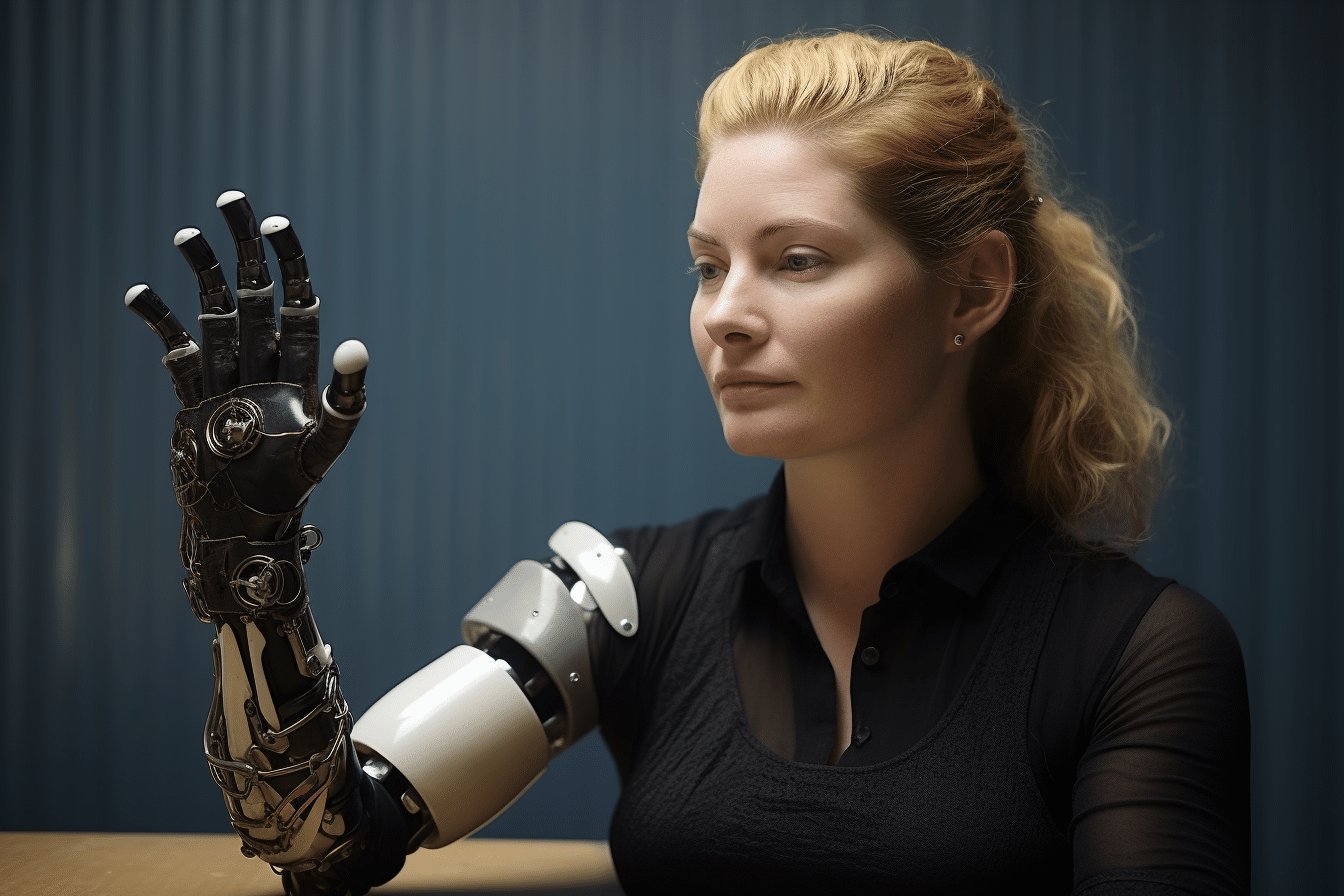
In a groundbreaking development, a woman named Karin has received a bionic hand that is revolutionizing the field of prosthetics. This innovative device is deeply integrated with her bones, nerves, and muscles, offering newfound hope and improved quality of life to amputees. After losing her right arm in a farming accident over two decades ago, Karin’s life has taken a remarkable turn.
Integrated Bionic Hand Transforms Karin’s Life
Karin, who had been using a conventional prosthetic limb, had struggled with the agonizing effects of phantom limb pain. She described it as a constant feeling of having her hand in a meat grinder, which caused severe stress and the need for high doses of painkillers. However, a few years ago, she was offered the opportunity to receive an integrated bionic hand that has been surgically modified to closely integrate with her body.
The Innovative Human-Machine Interface
An international team of scientists, surgeons, and engineers devised a novel human-machine interface that directly attaches the prosthesis to Karin’s skeleton. This interface is further connected to her nerves and muscles through a network of implanted electrodes. Using the neuromusculoskeletal implant, Karin can now manipulate her prosthetic hand with her thoughts, enabling her to perform everyday tasks with ease and precision.
Success and Hope for the Future
Karin’s journey with the bionic hand has been remarkably successful. She can now use the device for 80 percent of her daily activities, and, most importantly, she experiences significantly reduced discomfort. The need for pain medication has decreased significantly, improving her overall quality of life.
Potential for Wider Application
Karin is one of three patients enrolled in the DeTOP project, funded by the EU Commission, which seeks to further advance this high-tech prosthetic technology. The researchers are optimistic that this innovation has the potential to benefit a broader range of people facing limb loss. By combining osseointegration, reconstructive surgery, implanted electrodes, and artificial intelligence, they aim to restore human function in an unprecedented way. This groundbreaking achievement is especially significant for individuals with below-elbow amputations, marking a vital milestone in advanced extremity reconstructions.
A Bright Future for Prosthetic Advancements
Karin’s story is a testament to the incredible potential of integrated bionic limbs to enhance the lives of amputees. With advancements in technology and a dedicated team of researchers, the future looks promising for individuals seeking to regain their lost functions and reduce the burden of pain associated with traditional prosthetics. This breakthrough not only transforms Karin’s life but offers hope to countless others who may benefit from this cutting-edge prosthetic technology in the near future.
